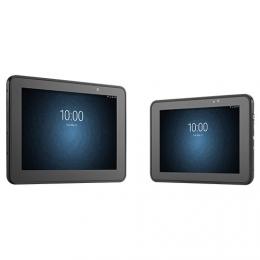Introduction
In recent years, Pakistan has witnessed a significant transformation in its technological landscape, driven by the proliferation of handheld devices. From smartphones to tablets, these compact yet powerful gadgets have reshaped communication, commerce, education, and even governance. What once began as a luxury item is now a necessity in the hands of millions. The growth of mobile connectivity and affordable data packages has only accelerated this digital shift, making Handheld devices Pakistan a central part of everyday life.
Smartphones as a Catalyst for Change
Smartphones have become the most popular type of handheld device in Pakistan. Their widespread availability and increasingly competitive pricing have allowed people from all income brackets to access the digital world. These devices serve as all-in-one tools for communication, entertainment, learning, and business. Social media platforms like WhatsApp, Facebook, TikTok, and Instagram are accessed predominantly through mobile phones, creating a vibrant online culture that connects people across urban and rural areas alike.
Moreover, smartphones have opened new economic opportunities, especially for the youth. With just a smartphone and internet access, individuals can become digital content creators, e-commerce entrepreneurs, or freelancers. The growing gig economy in Pakistan owes much of its success to the accessibility of handheld devices. Apps like Daraz, Foodpanda, and Bykea rely heavily on smartphone-based platforms to connect consumers with service providers, further proving how vital these devices are to Pakistan’s economic ecosystem.
Handheld Devices in Education
Another area where handheld devices or POS printers Pakistan are having a profound impact is education. During the COVID-19 pandemic, when traditional classrooms were no longer feasible, smartphones and tablets became essential tools for remote learning. Students used them to access online classes, download study materials, and interact with teachers. While there are still challenges in terms of device availability and digital literacy in rural regions, handheld devices have undeniably expanded the reach of education.
Several educational platforms and apps have emerged in the local market, some supported by the government and others by private institutions. Platforms like Taleemabad and Noon Academy are tailored specifically for the Pakistani education system, offering curriculum-based content that students can access through their smartphones. The rise in EdTech shows how handheld devices are becoming integral to modern learning methods.
Digital Financial Inclusion
Mobile banking and fintech applications have also flourished due to the rise in handheld device usage. Traditional banking has long been a challenge in Pakistan due to limited physical infrastructure, especially in remote areas. However, with mobile banking services like Easypaisa, JazzCash, and newer players such as SadaPay and NayaPay, people can now manage their finances from their phones without ever needing to visit a bank.
These services allow users to send and receive money, pay utility bills, top up mobile credits, and even access micro-loans. This shift is contributing significantly to financial inclusion, particularly for women and people living in underserved regions. As more Pakistanis adopt these services, the financial ecosystem continues to evolve rapidly, highlighting the transformative power of handheld technology.
Challenges and Future Outlook
Despite the benefits, the rise of handheld devices in Pakistan does not come without challenges. There is a noticeable digital divide between urban and rural populations, where infrastructure, affordability, and literacy gaps hinder equal access. Additionally, concerns around data privacy, cybercrime, and misinformation have become more pressing with increased digital dependence.
To fully harness the potential of handheld devices, investment in digital infrastructure and education is critical. Policymakers need to focus on improving internet coverage in remote areas, subsidizing devices for students, and enforcing regulations that ensure online safety. Encouraging local tech innovation can also play a role in developing apps and tools that address unique national needs.
Conclusion
Handheld devices have become more than just communication tools in Pakistan they are gateways to opportunity, education, and financial empowerment. From bustling city streets to quiet rural villages, these devices are changing how people live, learn, and earn. As Pakistan continues its digital journey, handheld technology will remain at the heart of this transformation, bridging gaps and building a more connected future.
